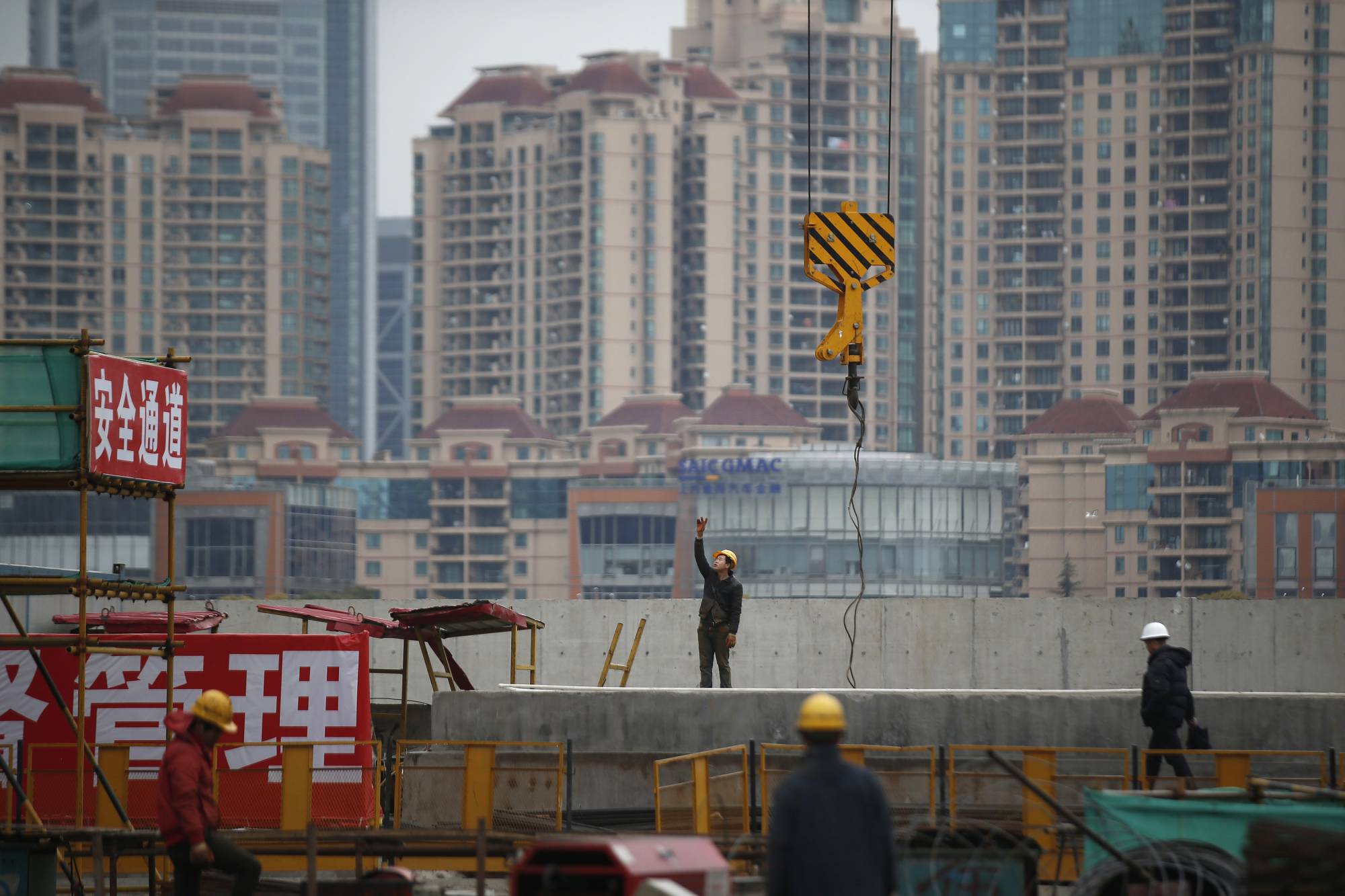China’s growth model is undergoing fundamental change.
After decades of relying primarily on external demand to drive growth, the government has embraced a “dual circulation” model, driven by both internal and external demand. The goal is to make China’s economy more resilient and less vulnerable to external shocks, but the structural transformation has run up against major roadblocks.
When Deng Xiaoping launched his “reform and opening up” in 1978, China pursued a development strategy modeled after successful East Asian economies like Japan and South Korea: welcome foreign direct investment; expand cross-border trade linkages; leverage low labor costs to bolster the manufacturing sector; and take advantage of external demand to drive growth. Over the last four decades, FDI flows — about two-thirds of which came through Hong Kong — enabled China to transform Guangdong and other coastal provinces into global supply-chain hubs.



















With your current subscription plan you can comment on stories. However, before writing your first comment, please create a display name in the Profile section of your subscriber account page.